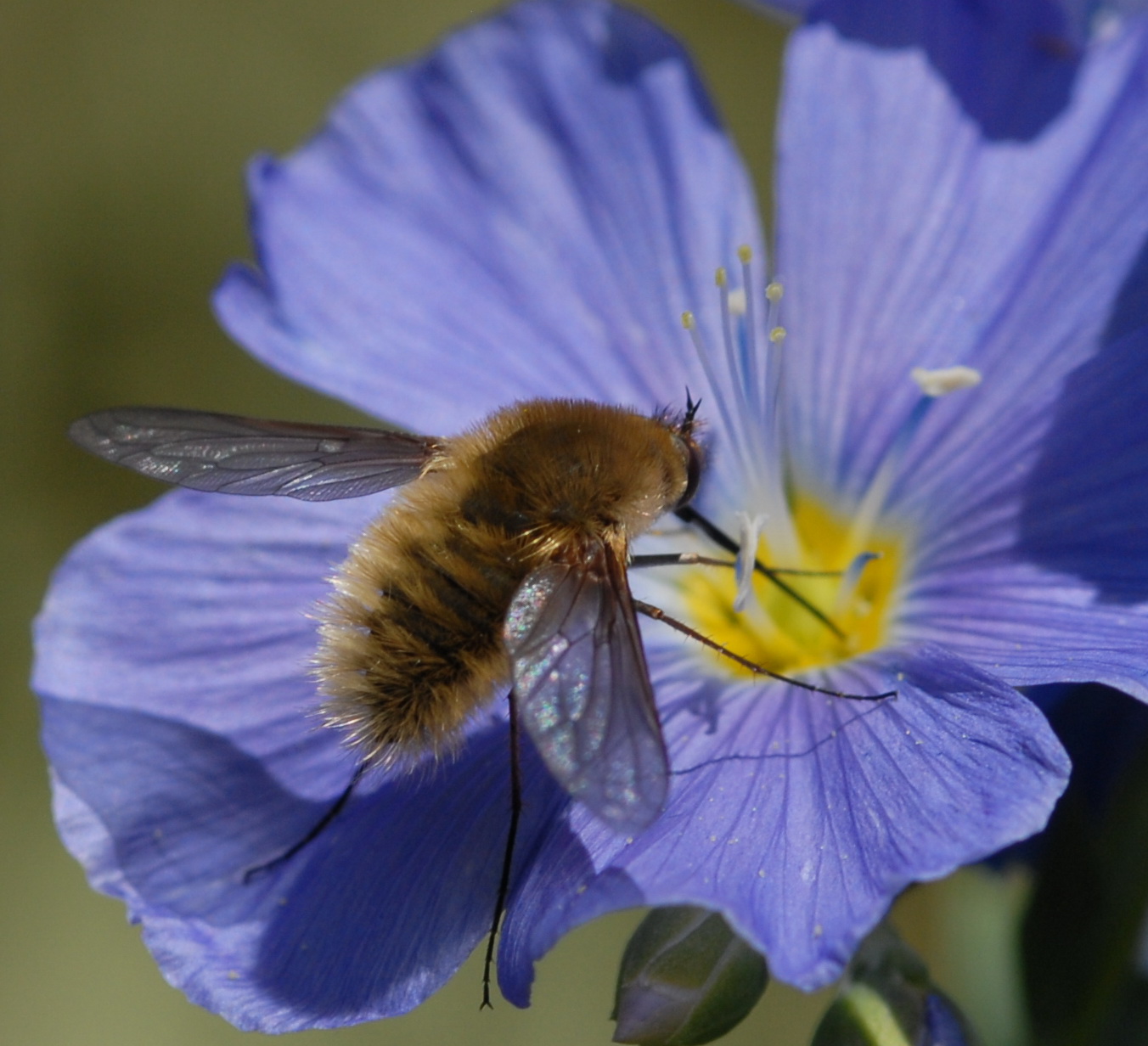Flies and Flowers II: Floral Attractants and Rewards
DOI:
https://doi.org/10.26786/1920-7603(2014)5Abstract
This paper comprises Part II of a review of flower visitation and pollination by Diptera (myiophily or myophily). While Part I examined taxonomic diversity of anthophilous flies, here we consider the rewards and attractants used by flowers to procure visits by flies, and their importance in the lives of flies. Food rewards such as pollen and nectar are the primary reasons for flower visits, but there is also a diversity of non-nutritive rewards such as brood sites, shelter, and places of congregation. Floral attractants are the visual and chemical cues used by Diptera to locate flowers and the rewards that they offer, and we show how they act to increase the probability of floral visitation. Lastly, we discuss the various ways in which flowers manipulate the behaviour of flies, deceiving them to visit flowers that do not provide the advertised reward, and how some flies illegitimately remove floral rewards without causing pollination. Our review demonstrates that myiophily is a syndrome corresponding to elements of anatomical, behavioural and physiological adaptations of flower-visiting Diptera. The bewildering diversity of anthophilous Diptera and of the floral attractants and rewards to which they respond allows for only broad generalizations on myiophily and points to the need for more investigation. Ecological relationships between flies and flowers are critical to the survival of each group in many habitats. We require greater understanding of the significance of flies in pollination, especially in the face of recent pollinator declines.
Downloads
Published
How to Cite
Issue
Section
License
Copyright (c) 2014 Thomas S. Woodcock, Brendon M.H. Larson, Peter G. Kevan, David W. Inouye, Klaus Lunau

This work is licensed under a Creative Commons Attribution 4.0 International License.
JPE is an open access journal which means that all content is freely available without charge to the user or his/her institution.
Authors who publish with this journal agree to the following terms:
1) Authors retain copyright and grant the journal right of first publication with the work simultaneously licensed under a Creative Commons Attribution License that allows others to share the work with an acknowledgement of the work's authorship and initial publication in this journal.
2) Authors are able to enter into separate, additional contractual arrangements for the non-exclusive distribution of the journal's published version of the work (e.g., post it to an institutional repository or publish it in a book), with an acknowledgement of its initial publication in this journal.
3) Authors are permitted and encouraged to post their work online (e.g., in institutional repositories or on their website) prior to and during the submission process, as it can lead to productive exchanges, as well as earlier and greater citation of published work (See The Effect of Open Access).
To assure a broader targeted audience, content will be included into databases (such as EBSCO) and directories (such as DOAJ).











